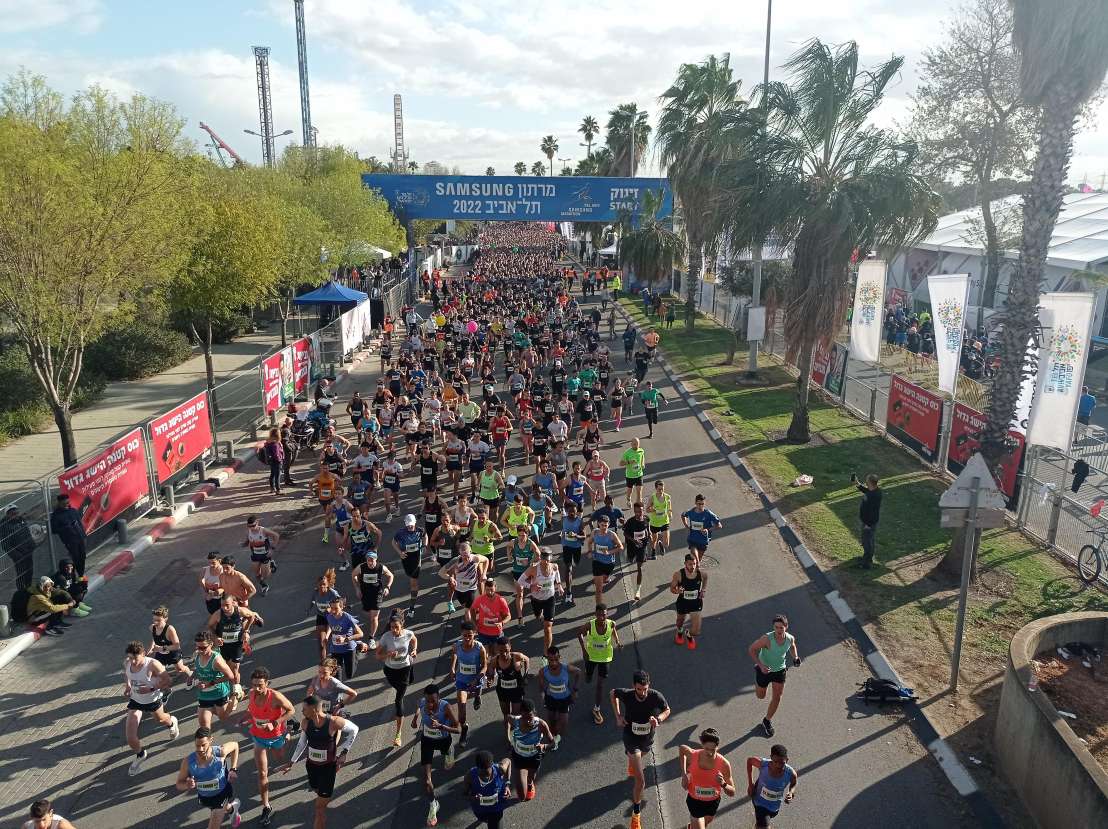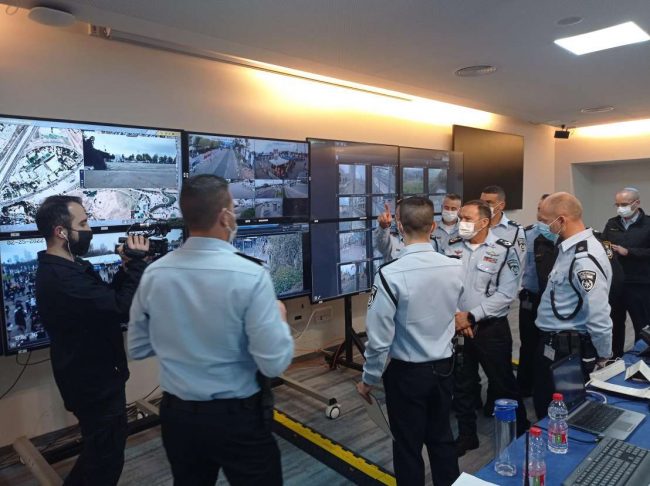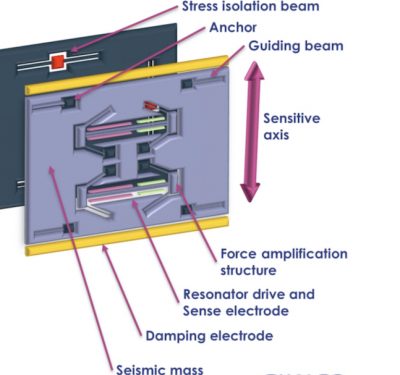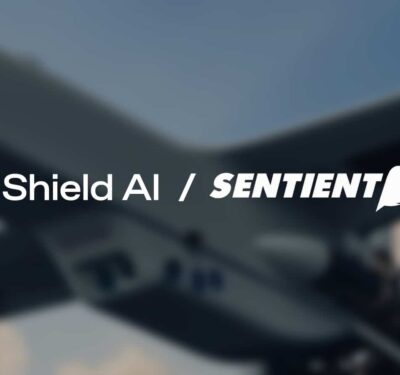
Safeguarding the marathon from above.
Without knowing it, the 40,000 runners at the 2022 Tel Aviv Samsung Marathon in February experienced a new way to keep them safe: a network of multiple patrolling and three tethered drones. The UAS came in different makes and models, from personal drones operated by individual police officers to large industrial ones such as the DJI Matrice 300 RTK. What united the network was the Airwayz Drones’ Unmanned Aircraft System Traffic Management (UTM) software that collected and analyzed data using AI to ensure safe operation in the urban environment.

Israel’s chief of police, in the event’s control room.
Airwayz, a Tel Aviv, Israel-based company founded in 2018, first used its software to aid Israeli authorities in a search and rescue mission during the Gaza operation, when drones were deployed to search for casualties among the debris. “Dynamic UTM enabled different kinds of authorities to operate together, just seemingly helped them gain more control in real time, and have them optimize the operation,” said Eyal Zor, CEO and co-founder of Airwayz. As the company’s second major collaboration with Israeli agencies, the marathon was supervised and coordinated by Ayalon Highways, an Israel-based company that specializes in infrastructures, mass transit and shared transit systems, from its Command Centre in Tel Aviv.
For the marathon, Airwayz had prepared for two main issues: harsh weather and unauthorized drone usage by members of the audience. Both scenarios came true. Although the rain started close to the end of the event, non-weather-proof UAS had to be grounded. And police officers tracked down users of the additional drones detected. “From our point of view, it was really not only successful to the standards we wanted it to achieve, but entirely for us to prove the concept to see that the entire chain of control and command and the possibilities from all sides moved forward,” Zor said.
Airwayz and UTM Collaboration
Airwayz addresses issues around UTM by working closely with regulators to understand their view of the ecosystem and roadmap. “Most of the responsibilities of the UTM is how to negotiate data, for first the single operator, and then obviously as part of the ecosystem for multiple drone operators and also other stakeholders,” Zor said. “We’re using what you call ‘data driven regulation,’ which means that we are sharing with [the regulators] all the information. And by that, we are suggesting to them: What do we recommend as deconfliction methods? What are the distances between drones and vehicles, so, how to manage capacity? Because they understand that we have all the data.” The main hassle for UTM is making capacity for scalability, for example, for delivery companies trying to grow, according to Zor.
Beyond the Marathon
Dynamicity is what Airwayz considers to be its unique quality. “Everything in air traffic is dynamic, nothing is happening as expected,” Zor said. For example, unlike with on-the-ground vehicles, drones may not have the capacity to “wait” in the air. If a machine in the air is delayed by 15 seconds, the entire aerial picture can change. Airwayz’ dynamic UTM constantly checks for changes in the environment and predicts future changes using AI to then tell the drones’ operating systems to change their flight plans if risks arise.
Another differentiating factor for Airwayz is its focus on capacity. The company recognizes that its UTM system would eventually need to support thousands of drones at the same time, for example, delivering packages across a city. “Otherwise, for the drones, it won’t be efficient to go up in the air,” Zor said. “So from day one, we said, we need to manage capacity.” Today, according to Zor, Airwayz can manage scalable, multi-drone operations in real time
Images courtesy of Airwayz.






